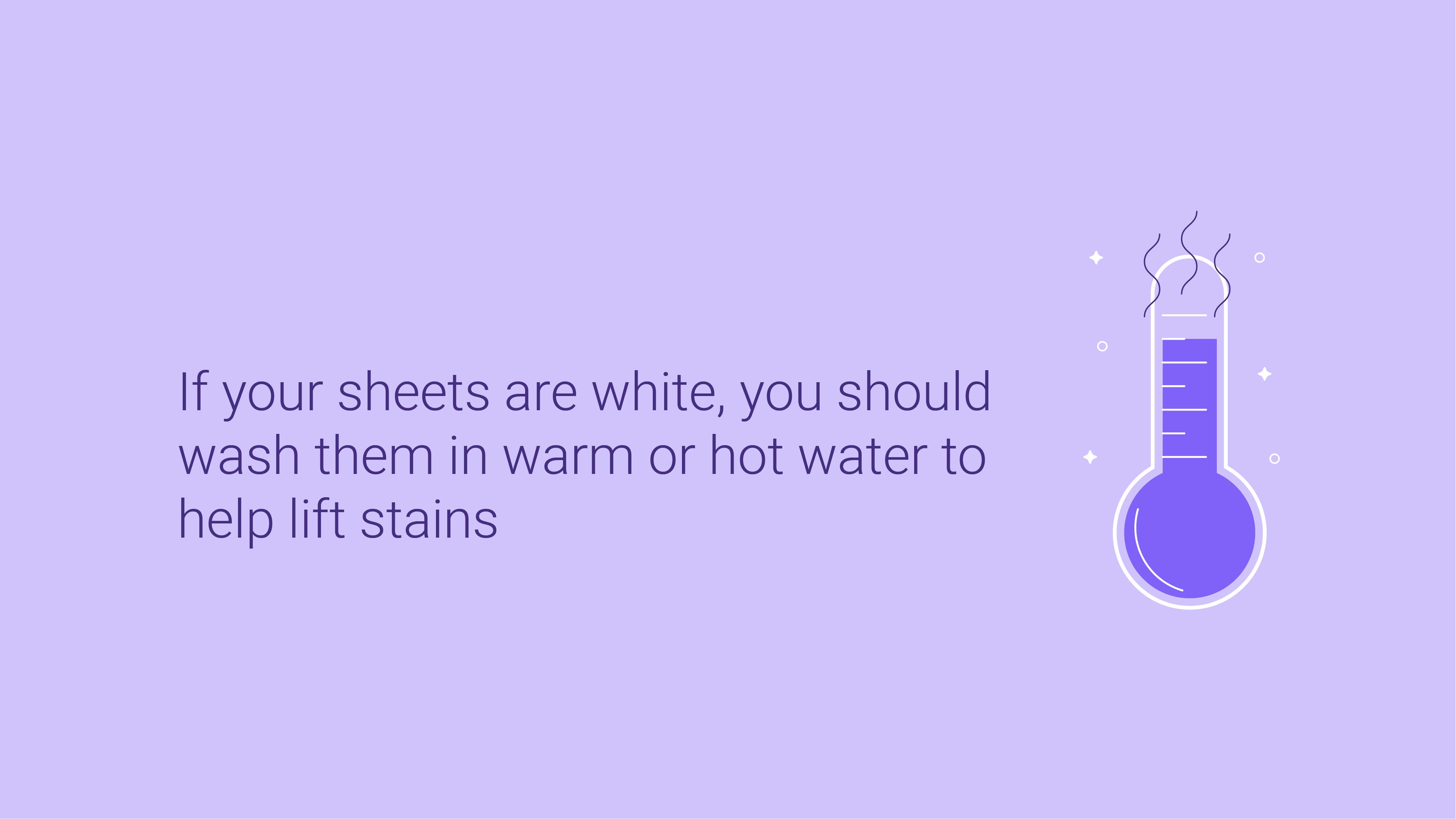
5 Tips To Make Your Sheets White Again

- Various household items such as baking soda, borax, lemon juice, liquid bluing, and white vinegar can effectively restore the whiteness of yellowed sheets.
- Prevention of sheet yellowing can be achieved through regular washing, avoidance of eating and drinking in bed, and separate laundering of white sheets from colored ones.
- Proper washing techniques involving warm or hot water, the avoidance of fabric softeners, and regular maintenance of bedding accessories contribute to maintaining the crispness and cleanliness of white sheets over time.
While white sheets are amazing at first, most start to fade eventually. They turn yellow, get stained, and generally lose their crispness.
If you’ve got dingy sheets, there are tons of ways to help slow the yellowing process to make them bright again. Let’s talk about just a few of them.
1. Baking Soda
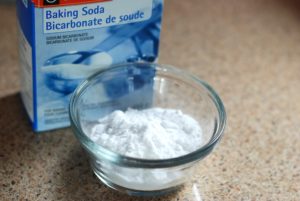
If you want a non-toxic solution, baking soda is a great option, especially since you probably already have a box of it sitting in your kitchen! Baking soda (also known as sodium bicarbonate) is an alkaline compound that has natural whitening and odor neutralizing abilities.
When you wash your white sheets, add half a cup of baking soda to your regular detergent to get bright and clean-smelling sheets.
2. Borax
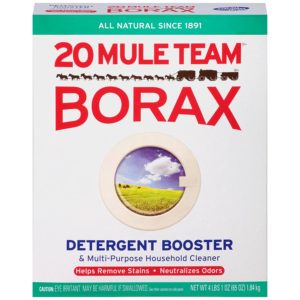
Also known as sodium borate, borax is a powdery white mineral that can act as a whitening laundry booster for yellowed sheets. You can find it in just about every grocery store, usually in the laundry aisle.
Mix a solution containing a half-cup of borax per gallon of water and soak your sheets in it overnight. Wash as normal after the overnight soak.
3. Lemon Juice
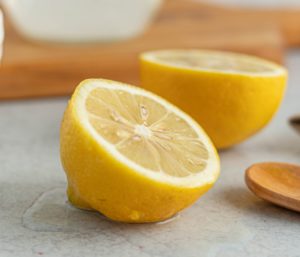
Another natural whitener, lemon juice is highly acidic, making it a good bleaching agent. Squeeze a lemon directly into your washing machine or pour in 3 to 4 tablespoons of the bottled stuff (roughly the equivalent of the juice from one lemon) and wash with the amount of detergent you normally use.
Lemon juice is also a great option if you want to give your sheets a fresh, zingy smell.
4. Liquid Bluing
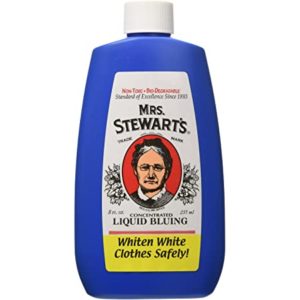
When it comes to liquid bluing and white sheets, the color blue cancels out the color yellow. Manufacturers actually finish sheets with liquid bluing to make them bright, but as you wash them and use them, the liquid bluing fades, leading to dinginess in your white bed linens.
You can put the bluing back in your sheets by washing them with it. Avoid pouring liquid bluing directly onto your sheets (this could leave them with blue spots). Each bottle of liquid bluing comes with instructions for how to dilute it, so make sure to read the bottle carefully because directions can vary between brands.
5. White Vinegar
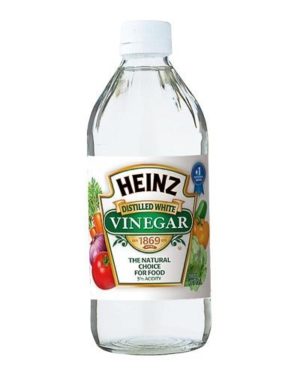
Like lemon juice, vinegar lightens sheets using acid. Just make sure you avoid colored vinegar like apple cider vinegar. Only white vinegar won’t stain your sheets. Mix a half-cup of vinegar per gallon of water and soak sheets in it for one hour before washing them as normal. Add some lemon juice to your washer if you’re worried about the vinegar smell.
When Should I Replace My Sheets?
When sheets fail to whiten despite attempts at laundering, it may indicate a buildup of stains, wear, or deterioration of the fabric. If stains persist after multiple washings or if the fabric starts to feel rough and worn, it’s time to replace them to ensure hygiene and comfort for quality sleep.
Generally, replacing your bed sheets every 1-2 years our advice for maintaining maximum freshness and quality.
You can also save significantly by planning ahead and buying new sheets during the year’s big mattress sales:
- Best MLK Day Mattress Sales
- Best Presidents Day Mattress Sales
- Best Sleep Awareness Week Mattress Sales
- Best Memorial Day Mattress Sales
- Best 4th of July Mattress Sales
- Best Labor Day Mattress Sales
- Best Columbus Day Mattress Sales
- Best Black Friday Mattress Sales
- Best Cyber Monday Mattress Sales
FAQs
Can I use bleach to whiten sheets?
You can use chlorine bleach to brighten white bed sheets, but you have to be careful how you do it, or bleach can actually leave yellow stains by reacting with the body oils and sweat on them.
To avoid this, make sure to wash your sheets with your regular laundry detergent before bleaching them. Then run them through the washing machine again along with half a cup of bleach.
What causes sheets to fade?
Lots of things can cause your sheets to fade. Most of the time, simply sleeping on them is to blame. Skin oils, sweat, dead skin cells, and dirt from your body transfer to your sheets, causing them to fade over time.
Of course, if you eat or drink in the bed, spills can also stain your sheets. Makeup, lotion, and other skin care products can leave stains on your white sheets as well.
To keep sheets crisper longer, shower before bed rather than in the morning, avoid moisturizing too close to bedtime, and don’t eat or drink in bed. Also, wash your sheets frequently, laundering the whites separately from the colors, and avoid fabric softeners.
How often should I wash my sheets to prevent fading?
When your grandma told you to wash your sheets once a week, she wasn’t kidding. If you don’t wash your sheets at least this often, they can become breeding grounds for dust mites and germs. They also start to collect pollen, dust, and other allergens.
Maybe worst of all, moisture build-up from sweat and humidity can lead to mold and mildew growth. Washing your sheets weekly not only can prevent all of this ickiness, but it can also help your white sheets stay white longer by lifting stains before they completely set.
To keep your bed clean and germ-free, it is also important to clean your pillows and wash your comforter regularly.
You can also spot clean your mattress and protect it with a waterproof mattress protector.
Do I wash sheets in hot or cold water?
If your sheets are white, you should wash them in warm or hot water to help lift stains. Higher temperature washes help remove stains and wash away the oils and dirt that cause yellowing.
Just make sure to wash whites separately, especially if you wash them in warm water. Higher water temperatures can remove a little dye from colored fabrics, and if there are whites in the wash along with the colors, this dye can transfer to the white fabrics. This may leave your whites spotted or even dyed pastel colors.
Also, be sure to check the label on your sheets for care instructions. Cotton, silk, wool, and polyester all have different care needs, so the fabrics your sheets are made of will dictate the temperature they can tolerate.
Will colored sheets last longer than white sheets?
Colored sheets might not turn yellow, but they have their own problems. One big issue with colored sheets is their tendency to bleach. Face and hair products are a big cause of bleaching. Acne medication is particularly notorious for leaving white spots on colored sheets and pillowcases overnight (dark colors are especially susceptible).
Colored sheets are also subject to fading over time, as each wash takes away a tiny bit of dye. With all these issues, colored sheets might last a little longer than white sheets, but not so much longer that you should purchase colors over whites. Just go with whatever you prefer.
Bottom Line
Keeping white bedding white is as easy as getting a few household items from your local grocery store. While all sheets, even luxury sheets, fade eventually no matter their color, if you wash them frequently and take proper care of them, you can make your white sheets shine bright for years.
